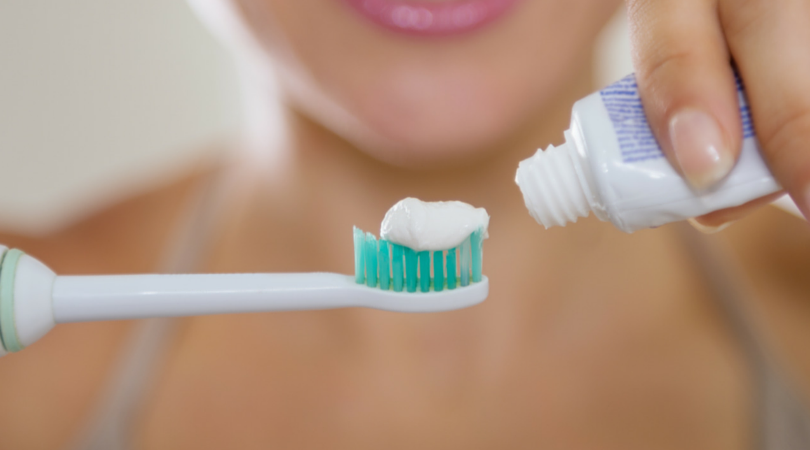Are All Toothpastes Created Equal? The Danger of Using Polyethylene Beads
Over the past 10 years, personal care products that contain small plastic beads have grown dramatically in popularity. While these products are approved by the FDA, most consumers aren’t even aware that they are using products with plastic in them. They also don’t realize the effect that these small plastic beads could be having on their bodies as well as the environment.
Plastic Beads in Toothpaste
Some toothpaste companies, such as Crest, have been adding polyethylene beads to their toothpaste purely for decorative purposes. The beads serve no health benefit yet toothpaste companies have continued to include them in their toothpaste formula despite growing concerns from dental hygienists and environmentalists all over the country.
Our hygienists started noticing the beads about a year ago. They would find very small pieces of blue plastic lodged into their patients’ gums and were unsure why. Patients claimed they weren’t eating anything unusual yet the small blue particles continued to surface during routine dental visits. Our hygienists began researching their odd discovery and quickly realized that the blue particles were polyethylene beads.
Aside from the environmental concerns surrounding polyethylene beads, these plastic particles can be very harmful to your oral health. Whenever anything gets lodged into your gum tissue, a space is created for harmful bacteria to grow. Over time, this bacteria can lead to infections, periodontal problems and potentially even gum disease. It is for this reason that our dentists and dental hygienists discourage the use of toothpaste with polyethylene beads.
The Future of Polyethylene Beads
After a number of dental hygienists around the country began shedding light on the danger of these small plastic beads, Crest finally announced in August of 2014 that even though the beads are “completely safe,” they would be phased out of their toothpastes by March 2016.
In the meantime, toothpaste with polyethylene beads can still be found on the shelves of supermarkets and drug stores everywhere. If you are curious as to whether or not your toothpaste contains microbeads, look at the ingredients and see if it contains any polyethylene. If so, we recommend throwing it out and switching to toothpaste that is microbead-free.
How to Choose the Best Toothpaste for You
The best toothpaste for you may differ depending on your individual needs. Regardless of your needs, it’s important that you always use toothpaste that has the ADA seal of approval. Other things you need to consider when choosing your toothpaste are as follows:
- Fluoride – Most toothpaste contains at least some fluoride. This is important in strengthening your tooth enamel and re-mineralizing weakened areas. We recommend a fluoride toothpaste for just about everyone.
- De-Sensitizing – If you experience ongoing tooth sensitivity, a de-sensitizing toothpaste may be beneficial for you. The key with sensitivity paste is consistent use.
- Whitening – If you desire to remove minor surface stains, we recommend brushing with a whitening paste. Just keep in mind that toothpaste is not going to yield the same whitening results as a professional whitening treatment.
The best toothpaste for you needs to be chosen based on your individual needs and preferences, but should never contain polyethylene beads. When it doubt, always ask your dentist or dental hygienist if the toothpaste you are using is appropriate for your oral health needs.

